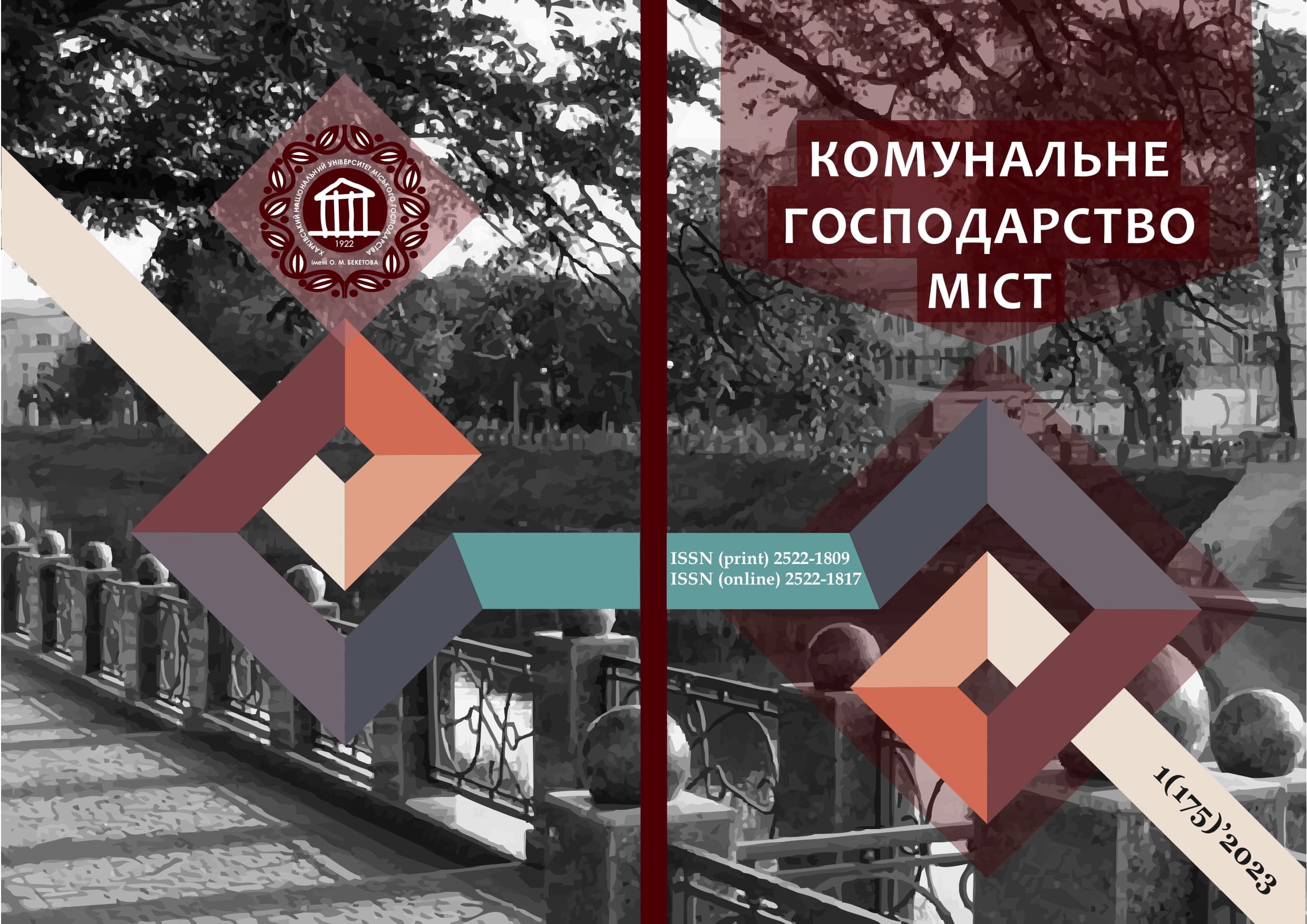RESEARCH OF DEFLECTIONS OF THE UNDERCRANE BEAM DURING THE OPERATION OF A BRIDGE CRANE USING THE METHOD OF LASER INTERFEROMETRY
DOI:
https://doi.org/10.33042/2522-1809-2023-1-175-64-68Keywords:
deformations, measurements, interferometer, non-contact method, building structuresAbstract
Assessment of deformations and displacements of building structures is performed by solving many different problems. Depending on the specifics of the task, different measurement accuracy is required. In some displacement measurements, direct contact of the measuring device with some points of the structure under research is impossible: distant and high-placed structures, structures in the high temperature zone, etc. Contact with the measuring device of structures made of materials with low rigidity, thin films, elastic threads, or in cases where the material reaches the yield point is undesirable. In these cases, the inherent rigidity of the measuring device can distort the general picture of deformations, which will lead to significant errors.
The article discusses modern methods of laser interferometry for non-contact assessment of movements and deformations of building structures, which make it possible to conduct unique non-contact measurements of both small and large deformations of various structures.
The scientific value of the article lies in the fact that for the non-contact assessment of movements and deformations of building structures, it is proposed to use the most modern methods of laser interferometry, which make it possible to conduct unique non-contact measurements of both small and large deformations of various structures that work elastically, non-linearly, or are in plastic state in experimental conditions of high temperatures, radiation, with the provision of a high degree of automation of measurements and processing of results.
The practical value of the research consists in the development of a technique that offers a non-contact assessment of movements and deformations of building structures using laser interferometry and makes it possible to provide measurements with an accuracy of 1×10-8 m and a frequency of 10-100 measurements per second with automation of registration and processing of results; carry out studies of building structures, buildings and structures in the mechanics of deformed solids and in the technique of surveying building structures, determining their performance, especially in conditions of high temperatures during fire resistance tests, in conditions of increased radiation, where high-precision and at the same time easy-to-use methods are required automated methods.
The proposed technique provides unique opportunities for non-contact assessment of small deformations when studying the phenomena of shrinkage, swelling, creep, and plastic deformations.
References
Tsygika M., Stoyka I., Grabar O. (2014) A dynamic interferometer based on the photorefractive effect in the Sn2P2S6 crystal. Scientific Bulletin of the Uzhhorod University. Ser.: Physics. No. 35. P. 74-78.
Methods and instruments of high-precision geodetic measurements in construction. (1976) Under the editorship. V. Bolshakova. M. Nedra, 335p.
Bryn M., Afonin D., Bogomolova N. (2017) Geodetic Monitoring of Deformation of Building Surrounding an Underground Construction. Procedia Engineering. Vol. 189. Рp. 386–392.
Mints A. (1968) Cybernetic accelerator for 1000 billion electron volts. Nature. M. Nauka, N.4. p. 8-15.
Khaikin S., Kaplanovsky N., Esepkin N. (1970) Large Pulkovo radio telescope. Proceedings of the GAO in Pulkovo. N8164. p.3-25
Khaikin S., Kaplanovsky N., Panisky Yu. (1971) Radio telescope "RATAN-600". Proceedings of the GAO in Pulkovo. Ne188.р. 3-12
Simkin G., Lukin І., Sikora S. (1969) Measuring the speed of propagation of electromagnetic waves (velocity of light) using an interferometer. Proceedings of KhGNIIM. Issue 2. pp. 4-45.
Baran P.I. (1990) Geodetic works during the installation and ecolocation of equipment. M. Nedra, 233p.
Downloads
Published
How to Cite
Issue
Section
License
The authors who publish in this collection agree with the following terms:
• The authors reserve the right to authorship of their work and give the magazine the right to first publish this work under the terms of license CC BY-NC-ND 4.0 (with the Designation of Authorship - Non-Commercial - Without Derivatives 4.0 International), which allows others to freely distribute the published work with a mandatory reference to the authors of the original work and the first publication of the work in this magazine.
• Authors have the right to make independent extra-exclusive work agreements in the form in which they were published by this magazine (for example, posting work in an electronic repository of an institution or publishing as part of a monograph), provided that the link to the first publication of the work in this journal is maintained. .
• Journal policy allows and encourages the publication of manuscripts on the Internet (for example, in institutions' repositories or on personal websites), both before the publication of this manuscript and during its editorial work, as it contributes to the emergence of productive scientific discussion and positively affects the efficiency and dynamics of the citation of the published work (see The Effect of Open Access).

